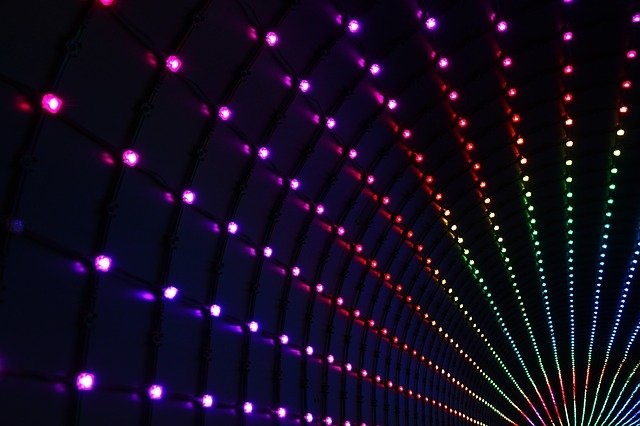According to report, recently the researchers at Wuhan University have found a way to reduce the misfit in the coalescence boundary of GaN grown on the sidewall regions and c-plane region of the substrate by adopting a patterned sapphire with silica array (PSSA) substrate. They mentioned that this substrate can increase the efficiency of InGaN/GaN flip-chip visible LEDs.

PSSA is a patterned sapphire substrate with silica array. At the beginning of 2020, according to Shengjun Zhou, a professor at Wuhan University who directed the research, PSSA substrate can largely improve the efficiency of InGaN/AlGaN UV LEDs.
This research has showed that PSSA substrate has the potential to increase the efficiency of the III-nitride LEDs. The flip-chip LEDs can conquer the thermal problems and uneven current spreading. In the flip-chip structure, rays emit from the transparent substrate.
According to Shengjun Zhou, owing to the misoriented GaN growth on the patterned sidewall, drop in threading dislocation density of GaN film grown on traditional PSS can be a challenge. This may largely limit the increase in internal quantum efficiency.
At the same time, because of the predetermined large refractive index contrast at sapphire-air interface, breakthroughs in light extraction efficiency are limited for flip-chip LEDs on PSS.
In terms of PSSA, GaN islands will not be formed on the silica array cone sidewall regions. As a result, the misfit existing in the coalescence boundary of GaN grown on the sidewall regions and c-plane region of the substrate can be reduced.
According to Shengjun Zhou, compared with the traditional PSS solution, the refractive index contrast between silica array and air is smaller for the flip-chip LED on PSSA. Therefore, more rays refract from silica array to air, and light extraction efficiency is improved.
Moreover, because of the growth of crystal quality and light extraction efficiency, the external quantum efficiency of the flip-chip LED on PSSA was higher.
The two researches from Wuhan University have indicated that better reflection and refraction can be conducted by adopting PSSA. With PSSA, threading dislocation density can be lowered and light extraction efficiency can be enlarged. Thus, the efficiency of InGaN/AlGaN UV LEDs and InGaN/GaN flip-chip LEDs can be improved.
(Writer: LEDinside Janice; Image Source: pixabay)












